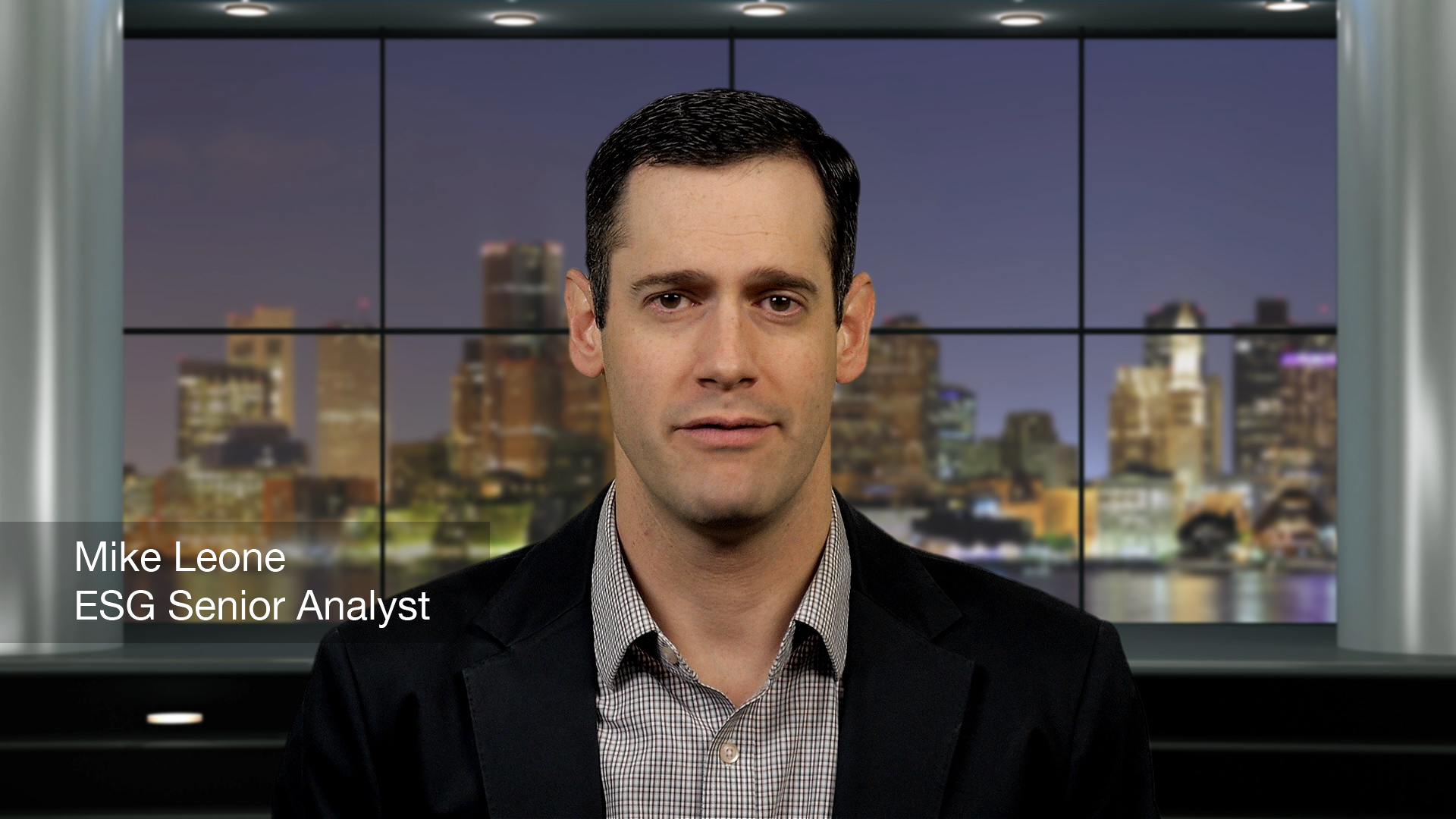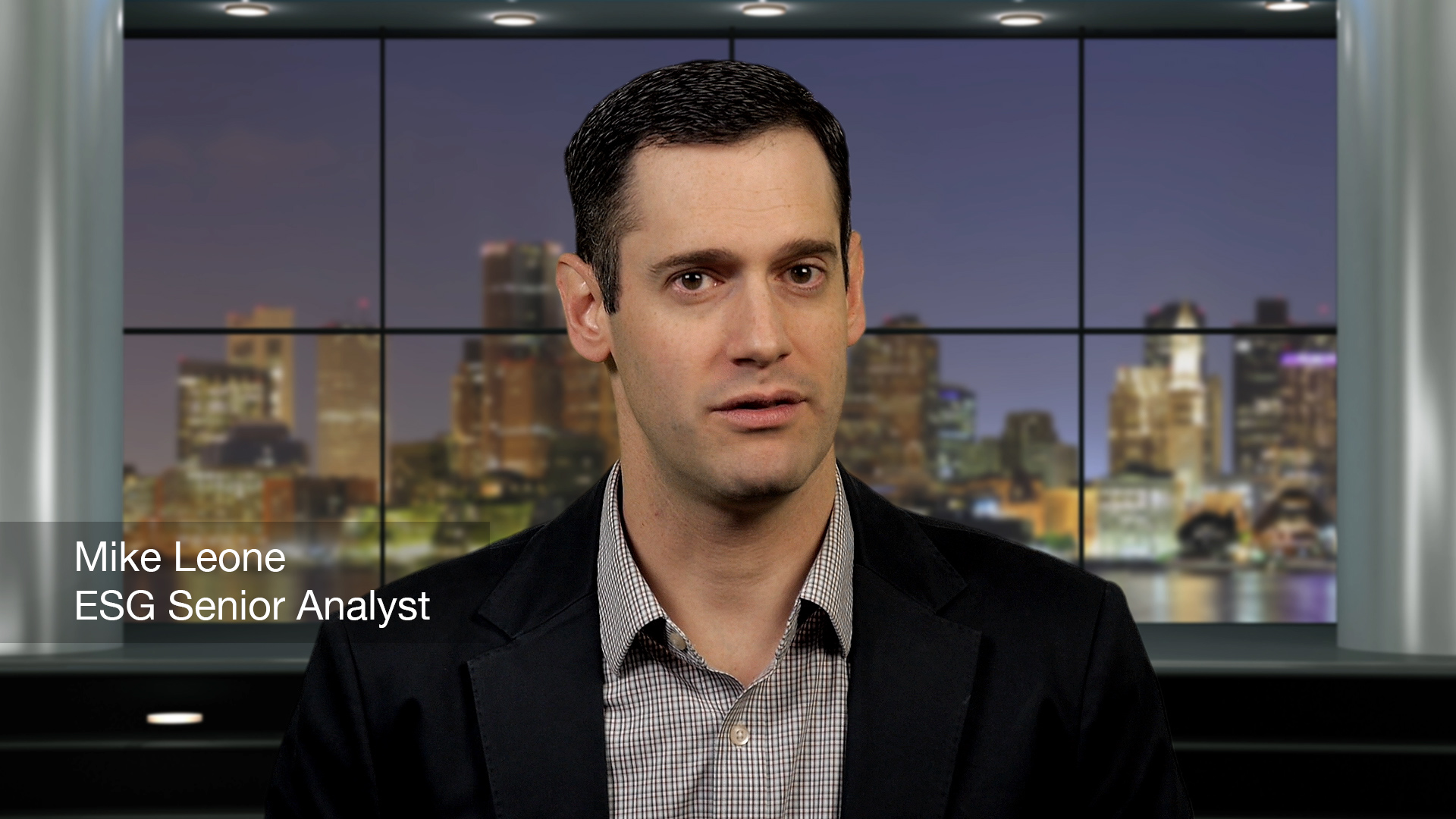 I just got back from attending IBM Think in San Francisco. Though it was a quick trip across the country, I was inundated with IBM’s vision, covering topics from A (i.e., artificial intelligence) to Z (i.e., System Z) and everything in between.
I just got back from attending IBM Think in San Francisco. Though it was a quick trip across the country, I was inundated with IBM’s vision, covering topics from A (i.e., artificial intelligence) to Z (i.e., System Z) and everything in between.
Despite the wide-ranging discussion, IBM’s main focus was on three areas: 1) Hybrid cloud, 2) Advanced analytics, and 3) Security. For example, IBM’s hybrid cloud discussion centered on digital transformation and leaned heavily on its Red Hat acquisition, while advanced analytics included artificial intelligence, cognitive computing (Watson), neural networks, etc. To demonstrate its capabilities in these areas, IBM paraded out customers like Geico, Hyundai Credit Corporation, and Santander Bank, who are betting on IBM for game-changing digital transformation projects. (more…)

 Today, Lenovo announced Lenovo TruScale, a new IT subscription service with a wealth of benefits for businesses seeking to offload the complexity of IT, thereby freeing resources to focus on higher-value activities. In other words, Lenovo takes care of the day-to-day minutia, and IT can free up the resources to focus on maximizing the value of their data and competing in the newly proclaimed digital economy.
Today, Lenovo announced Lenovo TruScale, a new IT subscription service with a wealth of benefits for businesses seeking to offload the complexity of IT, thereby freeing resources to focus on higher-value activities. In other words, Lenovo takes care of the day-to-day minutia, and IT can free up the resources to focus on maximizing the value of their data and competing in the newly proclaimed digital economy. A few years ago, cybersecurity professionals often lamented that executives didn’t want good security, they wanted “good enough” security. This axiom reflected that many CEOs equated cybersecurity with regulatory compliance. If the CISO could check all the right PCI, HIPAA, or SOX boxes, cybersecurity concerns were taken care of.
A few years ago, cybersecurity professionals often lamented that executives didn’t want good security, they wanted “good enough” security. This axiom reflected that many CEOs equated cybersecurity with regulatory compliance. If the CISO could check all the right PCI, HIPAA, or SOX boxes, cybersecurity concerns were taken care of.
 At the end of each year, ESG conducts a wide-ranging global survey of IT professionals, asking them about challenges, purchasing plans, strategies, etc. As part of this survey, respondents were asked to identify areas where their organization has a problematic shortage of skills.
At the end of each year, ESG conducts a wide-ranging global survey of IT professionals, asking them about challenges, purchasing plans, strategies, etc. As part of this survey, respondents were asked to identify areas where their organization has a problematic shortage of skills. 2018 was a breakout year for AI and machine learning. Practically every vendor has or is working on an AI story, and businesses are looking for the easiest ways to embrace and benefit from the technology as soon as possible to maintain their competitive edge. There have been some amazing and eye-opening stories throughout the year that hint at the future:
2018 was a breakout year for AI and machine learning. Practically every vendor has or is working on an AI story, and businesses are looking for the easiest ways to embrace and benefit from the technology as soon as possible to maintain their competitive edge. There have been some amazing and eye-opening stories throughout the year that hint at the future:  The hyperconverged market continued its meteoric rise and exploded in 2018. Virtually every vendor saw growth in their product offerings. The technology is being embraced across all verticals and use cases, and for customers, its yielding real business benefits. With the expectation that market adoption will continue to rise in 2019, here are a few things I’m expecting to impact the HCI market.
The hyperconverged market continued its meteoric rise and exploded in 2018. Virtually every vendor saw growth in their product offerings. The technology is being embraced across all verticals and use cases, and for customers, its yielding real business benefits. With the expectation that market adoption will continue to rise in 2019, here are a few things I’m expecting to impact the HCI market. It’s that time of year again. As we enter 2019, let’s take a moment to slow down, look ahead, and predict some of the IT- and data storage-related trends that will emerge the next 12 months.
It’s that time of year again. As we enter 2019, let’s take a moment to slow down, look ahead, and predict some of the IT- and data storage-related trends that will emerge the next 12 months.